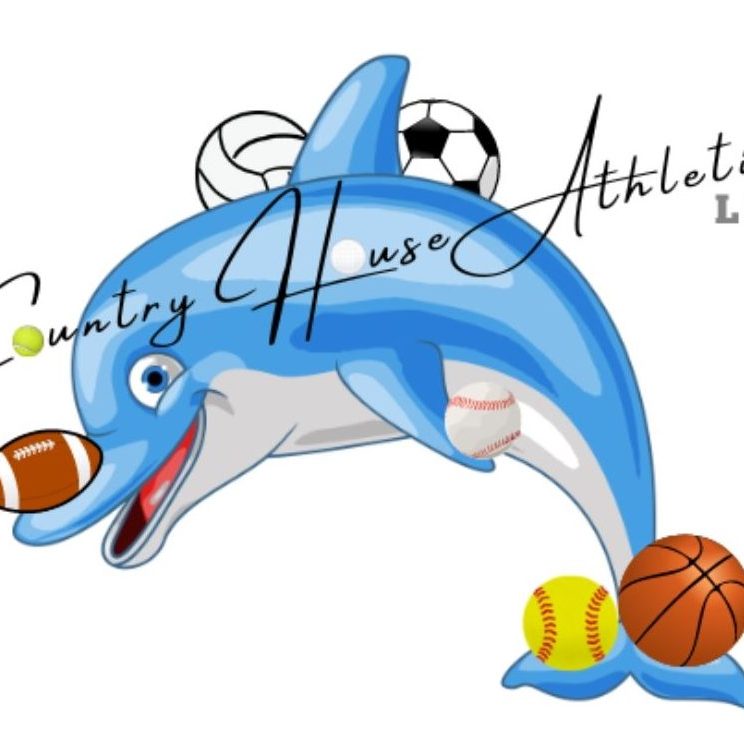Patellar tracking issues are one of the more common knee complaints among adolescent athletes. Very often they are dismissed as mere “growing pains.” While growth-related discomfort can play a role in musculoskeletal discomfort, persistent knee pain—especially around or under the kneecap—should not be overlooked. Understanding the mechanics behind patellar tracking problems can help parents and coaches support their young athletes in staying active and pain-free.
What Is Patellar Tracking?
The patella, or kneecap, moves along a groove in the femur called the trochlear groove as the knee bends and straightens. In an ideal world, the patella stays centered within this groove. However, for many adolescent athletes, particularly those who are still growing, this doesn’t always happen. The kneecap may shift laterally (toward the outside of the knee), causing pain, discomfort, and even instability.
Functional Anatomy: A Simple Breakdown
To understand why patellar tracking problems occur, it’s important to look beyond the kneecap itself:
- Quadriceps Muscles: The quadriceps, especially the vastus medialis oblique (VMO), help guide the patella within the trochlear groove. This is that portion of the quad commonly known as the ‘teardrop’.
- Trochlear Groove Depth: Some athletes can have a shallower groove, making them a bit more susceptible to tracking issues.
- Hip & Core Strength: Weakness in the muscles that control hip abduction and external rotation (such as the gluteus medius) can cause the femur to rotate inward, altering the position of the trochlear groove and making proper patellar tracking difficult.
- Tightness in the Lateral Structures: The iliotibial (IT) band and lateral retinaculum can typically be tight and thus pull the patella outward, exacerbating tracking issues.
Patellar Pain vs. Meniscal Injury: A Common Confusion
Pain associated with patellar tracking issues can often be mistaken for a meniscal injury, and vice versa. Both conditions can present with knee pain, but they have different underlying causes and treatment approaches:
- Patellar Pain: Typically causes a dull, aching pain around or behind the kneecap, especially with activities like squatting, running, or prolonged sitting (the “theater sign”). The pain is usually diffuse and not associated with a specific injury event.
- Meniscal Injury: Often involves a more localized pain along the joint line, sometimes accompanied by swelling, locking, or clicking sensations. Sensations of giving out, locking, clicking, popping etc can also be experienced and described by an athlete with patellar pain. Meniscal injuries usually result from twisting movements or direct trauma to the knee.
Recognizing these conditions accurately is crucial for proper management. A thorough assessment by an athletic trainer or sports medicine professional can help differentiate between the two conditions and ensure the right treatment plan is implemented for your athlete.
Why Focusing Solely on the Patella Is a Flawed Approach
Many rehabilitation programs or treatment approaches for patellar tracking issues focus primarily on the knee itself—strengthening the quadriceps and stretching the IT band. While this can help provide some relief, it fails to address the root cause. The key to improving patellar tracking lies in hip stability and biomechanics. If the hip muscles are weak, the femur may not stay in an optimal position, making it harder for the patella to track smoothly within that groove.
A More Effective Approach to Managing Patellar Tracking Issues
To truly help adolescent athletes with patellar tracking problems, we emphasize that the rehabilitation approach should include:
- Hip Strengthening: Exercises targeting the gluteus medius and gluteus maximus (such as clamshells, lateral band walks, and single-leg squats) to improve femoral control.
- Core Stability Training: A strong core supports lower body mechanics and reduces excessive movement patterns that affect patellar tracking.
- Quadriceps Activation: Strengthening the VMO can aid in keeping the patella aligned properly.
- Flexibility Work: Stretching the hip flexors, IT band, and lateral structures helps prevent excessive lateral pull on the patella.
This emphasis on hip strengthening and core stability also helps prevent ACL injuries that we started to discuss last week. It’s important that parents and coaches understand that the more ‘severe’ and more ‘common’ injuries at the knee can be addressed, as well as prevented, with these concepts in mind.
Final Thoughts
While patellar tracking issues are common in growing athletes, they should not be chalked up as inevitable “growing pains.” By gaining an understanding on how hip strength, core stability, and biomechanics all impact knee function, parents and coaches can help their young athletes stay on the field, court, or track with less pain. If knee pain persists despite targeted interventions, a consultation with a sports medicine professional or athletic trainer can provide further guidance.
At Country House Athletics, we believe in a whole-body approach to injury prevention and rehabilitation. By addressing the root causes of common injuries, we can help young athletes perform at their best and stay healthy for the long run. We are here when you need us!

No responses yet